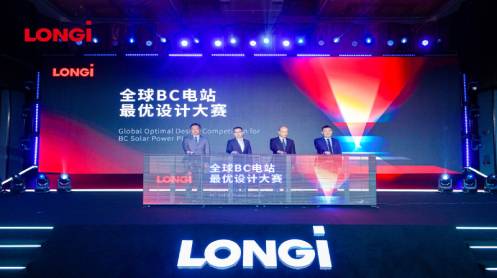While many Gulf nations were already working to diversify their economies prior to the coronavirus pandemic, the subsequent economic downturn and collapse in oil prices has meant that governments in the region have had to reassess and – in some cases – accelerate their strategic plans. The implementation of social distancing measures and travel restrictions has impacted activity across all sectors in the region.
With economies operating under capacity and global travel severely curtailed for much of the year, there has been a significant drop in demand for – and subsequently the price of – oil, a major source of income for a number of Gulf economies.
For example, oil accounts for around 45% of GDP in Saudi Arabia and 75% of government revenue in Oman.
This oil dependency partly explains why Gulf economies are collectively projected by the IMF to contract by 6.6% in 2020, compared to the 4.4% decline in the global economy.
The need for diversification
This economic downturn has increased the importance of generating new streams of revenue for Gulf economies.
While most countries in the region were already engaged in some form of diversification strategy, the pandemic has further emphasized the need for such efforts.
Saudi Arabia, one of the Middle East’s largest economies, is a prime example. Oil revenues are set to fall significantly this year, with the IMF forecasting a 5.4% contraction in GDP.
Although the downturn has prompted the government to reduce the budget for implementing Vision 2030 – its long-term economic development plan – the country is pressing ahead with efforts to generate new revenue streams.
Related: Why Iraq Isn’t Producing 10 Million Barrels Per Day Yet
In May the government awarded the Public Investment Fund (PIF), the Kingdom’s sovereign wealth fund, an additional $40bn in government reserves to tap into investment opportunities.
Since then, the PIF has invested in a wide range of global companies in various different industries, including Uber, Softbank’s Vision Fund, electric carmaker Lucid Motors, Disney, and the Bank of America.
Despite the kingdom’s long-term focus on economic diversification, the fund has also invested more than $2bn in the hydrocarbons industry, as OBG has detailed. Over the course of the year it has acquired stakes in oil giants BP, Total, and Shell, which are seen as cost-effective investments given the fall in share prices.
Diversified investment has not been restricted to Saudi Arabia. The UAE’s state-owned Mubadala Investment Company has also made a series of strategic investments in sectors such as tech and renewable energy.
These include $3bn in Waymo, Alphabet’s self-driving technology arm, $700m in US start-up Reef Technology, which manages logistics hubs and neighborhood kitchens, and $235m in German pharmaceutical company Evotec.
Taxes as alternate revenue
Aside from achieving diversification through investment, countries in the Gulf have explored other methods to bolster state coffers.
In October the Omani government launched its fiscal plan for the period 2020-24. The roadmap, which builds on the long-standing Oman Vision 2040 development strategy, aims to diversify national revenue through a series of projects and tax reforms.
In addition to investing OR371m ($965m) in unspecified development projects to be carried out across the country, the plan outlined efforts to improve tax collection efficiency and introduce a value-added tax next year. For the first time, the government is also considering the establishment of personal income tax to broaden the revenue base.
Related: Climate Targets Could Slash Natural Gas Investment By $1 Trillion
These efforts are crucial for the long-term growth and stability of Oman, which will see its debt-to-GDP ratio increase from around 20% in 2018 to a projected 67% in 2023, according to Standard & Poor’s. In addition, Fitch estimates that the country’s fiscal deficit will reach 20% of GDP this year, up from 8% in 2019.
Developing new supply chains
In light of the disruptions to trade experienced over 2020, countries in the Gulf are also looking to diversify their supply chains.
The pandemic has intensified existing concerns about an overreliance on overseas suppliers of goods and raw materials, and has encouraged many businesses and governments in the region to pursue more resilient and diversified trade links.
In an example of regional cooperation, in mid-April the GCC adopted a Kuwaiti proposal to create a joint food supply network across the bloc.
Concerned by coronavirus-related disruptions to trade and fears of food insecurity, countries agreed to set up special arrangements at borders and Customs posts in order to facilitate the movement of basic food and medical supplies within the six-member alliance.
Furthermore, companies and countries around the world are increasingly pursuing a ‘China +1’ strategy, whereby production capacity and trade links are established in multiple countries, in addition to existing operations in China.
To this end, Middle Eastern countries may look to further bolster national or regional production capacity in the future.





